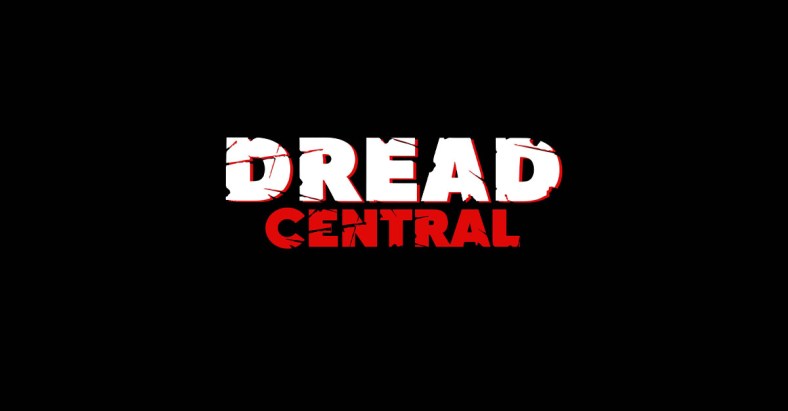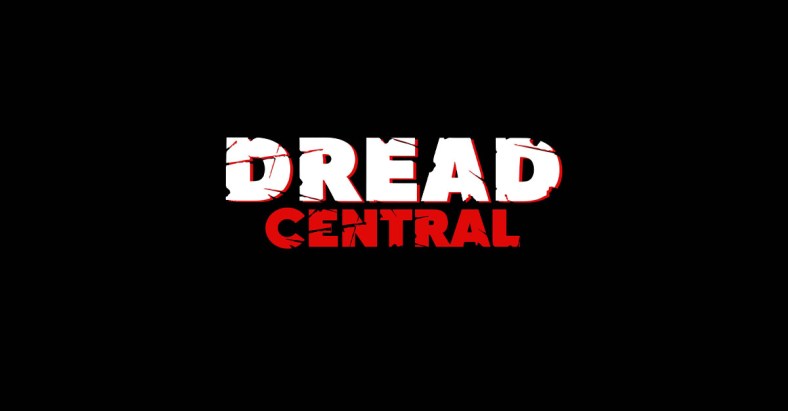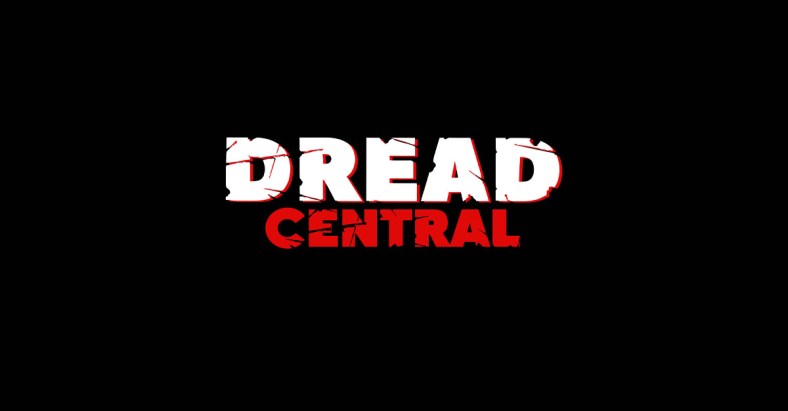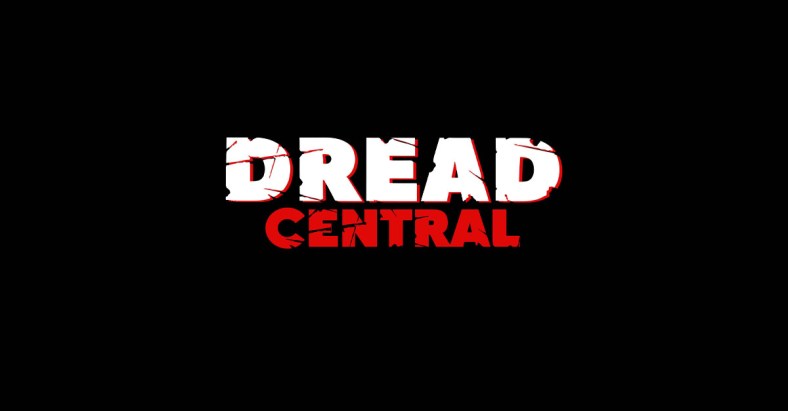10 Vindicated Horror Films

Freaks:

Then:
In 1932, Tod Browning followed up his groundbreaking Universal Studios classic Dracula with Freaks, a circus-set twisted morality tale which cast real sideshow performers as the titular freaks. The blowback was enormous. Audiences recoiled at seeing non-normative people depicted on-screen and didn’t cotton to Browning’s message that the freaks were the good guys while the “normal” people were the real monsters. The film was cut to shreds and truncated from 90 minutes to 64 (footage that is now considered lost). Freaks was banned in certain US states as well as all of Australia and the UK and subsequently withdrawn from theatres by MGM.
Browning’s career never recovered. He wasn’t permitted to make a film for three years following Freaks, and even then, he only made three more pictures, one of which, The Devil-Doll, didn’t even credit him as the director.
Now:
The legacy of Freaks has vindicated Browning’s vision. The film is considered a challenging work of brilliance and was included in the book 1001 Movies You Must See Before You Die. David Bowie referenced the film in his song “Diamond Dogs,” and Frank Zappa used images from it on his Tinseltown Rebellion album. Most notably, the line “Gooba-gobble, gooba-gobble. We accept her. One of us, one of us.” has entered the pop culture firmament and was modified slightly by The Ramones for their song “Pinhead” (inspired by the film) and stood as a rallying cry for the band throughout their entire career.
Day of the Dead:

Then:
In 1985, audiences must have wanted their zombies and reanimated corpses funny, as evidenced in same year releases Re-Animator and The Return of the Living Dead. Hence, not a good year for George Romero to release the third and bleakest entry in his Living Dead opus, Day of the Dead. It came and went quickly in theatres, grossing only $5.8 million domestically. Reviews were decidedly mixed with Variety writing that Day was the most unsatisfying of the dead trilogy and that “The acting… is generally unimpressive and… unintentionally risible.”
Now:
It’s Day of the Fucking Dead: George Romero’s favorite Dead film (and to that assessment, I cannot disagree.) It features some of Tom Savini’s all-time best work and is notable for the character of Bub, the most memorable zombie in the history of zombie films. Without a single line of dialogue spoken, Howard Sherman imbues Bub with pathos and sympathy and creates a zombie character that is the most human, and in many ways, the most tragic.
Halloween III: Season of the Witch:

Then:
In 1982, after the successes of the first and second Halloweens, studios wanted more Michael Myers stalking and stabbing action, but John Carpenter (now producing the series) and partner Debra Hill wanted none of it. Instead, Carpenter envisioned Halloween continuing as a series of standalone stories occurring on All Hallows’ Eve.
Halloween III: Season of the Witch, which was written and directed by Tommy Lee Wallace, was not a slasher and contained less violence and gore than the previous two films. Instead of continuing the saga of everyone’s favorite sororicidal slasher, Halloween III tells the tale of the evil owner of the Silver Shamrock Novelty Company, who intends to kill many on Halloween night through the combination of latex head masks and a Celtic ritual involving a stolen rock from Stonehenge.
Reviews were not kind. Our friend Mr. Ebert wrote that the film was “a low-rent thriller from the first frame.” And audiences were confused. They wanted more Myers and less mysticism. The film fared poorly at the box office, paving the way for Mikey’s return six years later in Halloween IV: The Return of Michael Myers.
Now:
Sing “Eight more days ‘till Halloween, Halloween, Halloween/Eight more days ‘till Halloween/Silver Shamrock!” to the tune of “London Bridge,” and horror fans will prick up their ears and subsequently not be able to get the damn jingle out of their heads for days. Halloween III has gained a reputation in the ensuing years as a quirky fan favorite, and the film is now enjoyed on its own merits, lack of an inside-out William Shatner mask-wearing killer be damned. Replicas of the three Don Post designed masks are sold by high-end costume outfitters, and the electro-pop soundtrack has been reissued on vinyl by Death Waltz records. It only took 30 years or so, but Halloween III has gone from vilified to vindicated. And speaking of Carpenter…
The Thing:

Then:
If ever there was a film more unjustifiably torn apart by critics, it has to be John Carpenter’s 1982 update of 1951’s The Thing from Another World. Upon release, reviews of the claustrophobic masterpiece were downright vicious. Carpenter himself has said, “I take every failure hard. The one I took the hardest was The Thing. My career would have been different if that had been a big hit… The movie was hated… the piling on was insane. Even the original movie’s director, Christian Nyby, was dissing me.” Of The Thing, New York Times critic Vincent Canby wrote, “A foolish, depressing, overproduced movie that mixes horror with science fiction to make something that is fun as neither one thing or the other. Sometimes it looks as if it aspired to be the quintessential moron movie of the 80s.” Yikes!
1982 Moviegoers were more prepared to embrace Steven Spielberg’s cuddly extra-terrestrial E.T. than Carpenter’s decidedly more hostile ones. The film grossed a mere $13 million and did not recoup its budget.
Now:
The Thing is rightfully hailed as the masterpiece it should always have been considered to be. It sits at #167 on IMDb’s Top 250 (a list where, surprisingly, E.T. is nowhere to be found), and contemporary critics have reappraised the film. In his book Horror Movies of the 1980s, John Kenneth Muir called the film, “Carpenter’s most accomplished and underrated directorial effort…. the best science fiction-horror film of 1982, an incredibly competitive year, and perhaps even the best genre motion picture of the decade,” and The Boston Globe named it the scariest movie ever. The soundtrack, a collaboration between Ennio Morricone and Carpenter, is hailed as a classic, and Rob Bottin’s groundbreaking effects work (with some assistance from Stan Winston) are among the greatest practical effects ever committed to celluloid.

